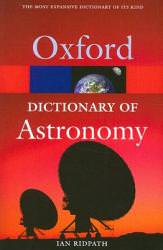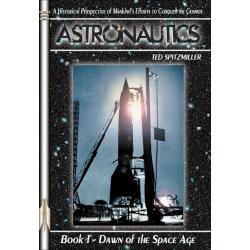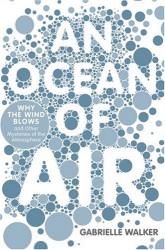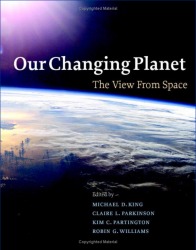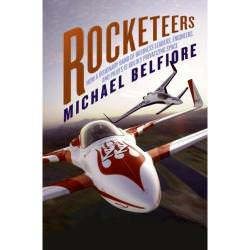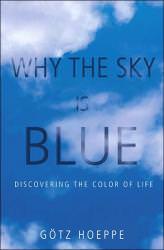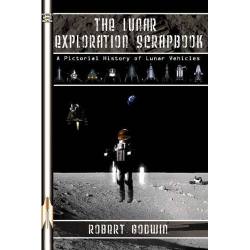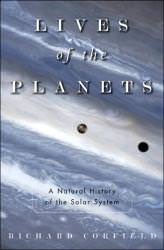Dictionaries, as guides, ensure everyone uses words in a like manner. Specialized dictionaries allow more complete coverage for particular fields. Ian Ridpath has updated A Dictionary of Astronomy that, as the title implies, gives definitions to much of the astronomer’s vernacular. It’s as unexciting as any reference text but as valuable as any fine resource.
Spoken words allow people to readily communicate. Being able to convey abstract ideas and images separates humans from other species and raises us to be the most technically accomplished. This, coupled with our unending curiosity and inventiveness, keeps our language growing and morphing.
One would think that, with all this change, a dictionary is counter-productive. Yet, we need a common basis when communicating, and Ridpath’s dictionary provides such. In this book, explanations describe over 4200 entries. These can be generally and almost evenly divided into: technical, proper names and personal names. Definitions for each can be as succinct as a few words or as voluminous as a couple of pages. However, most are at a moderate paragraph in length. And, as with most dictionaries, the explanations are adequate, being neither fluffy nor abbreviated. An omission is the lack of any help with pronunciation. A nice addition, though, is a clever method that clearly indicates when an explanation has words or expressions that are themselves defined elsewhere in the book. Hence, this dictionary does wonderfully as the ready reference it needs to be.
In regard to this dictionary’s scope, Ridpath has kept it closely aligned to astronomy. There’s no ingress from rocketry or space flight aside from a table of the Apollo flights in the appendix. And only the slightest allowance is made for special terms from physics. Yet, many common words arise, though with definitions appropriated purely for this field. Consider the moustache, a small, very bright point in solar active regions. Personal favourites include; almucantar, gnomon and regmaglypt. Finding these and others is simply a matter of using the leading and trailing entries shown at the top of each page. Thus, as the dictionary is to clarify and standardize, this dictionary meets this measure.
This dictionary is a good reference for a generalist who only occasionally dips their toes into astronomy. Also, for a specialist in one realm of astronomy, like telescopes, who’s perhaps weak in others, like comet compositions, this book will speed the process. Of course, for anyone who has a suspect memory and wants a quick verification of an astronomical term, this book will do just fine.
One thing, this is the second edition. Ridpath mentions he enlisted the assistance of many specialists to review entries. Presumably this has increased the quality. However, I’m unable to make any comparison to the first edition, as I’m without a copy.
Ready fingertips grab for references whenever questions arise. Astronomy has its own broad set of particular terms. Ian Ridpath’s book, A Dictionary of Astronomy is ready to be of service when those fingers want to go walking. It’s one more valuable tool to keep people talking in harmony.
Read more reviews or purchase a copy online from Amazon.com.

